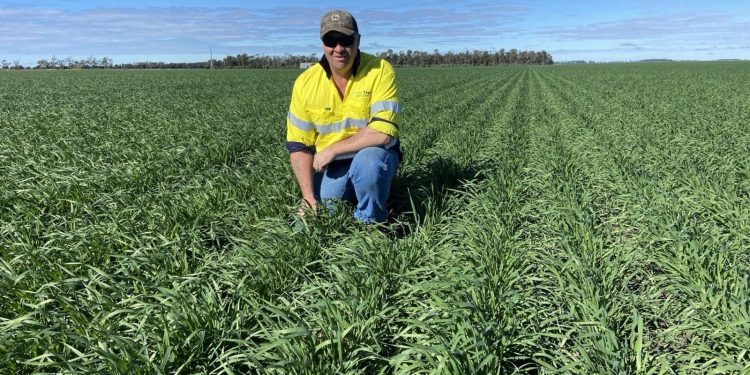Australian Feedgrain Prices Drop Amid Northern Hemisphere Harvest Pressure
The feedgrain market in Australia has faced a downturn, with prices dropping by up to $20 per tonne this week. This decline reflects the influence of the Northern Hemisphere harvest on global values, creating a challenging environment for Australian growers.
Barley Market Stability
In south-eastern Australia, barley prices appear to have found a floor due to tightening stocks and continued demand from mixed farmers and graziers. This inland demand keeps barley values at a premium compared to the equivalent export market.
Impact of Cold Weather
A cold snap across the grainbelt has stalled crop growth but brought much-needed rainfall to parts of Victoria and South Australia. These falls, ranging from 10-20mm, have provided a timely boost to crop conditions in these regions.
Indicative Prices (in AUD per tonne)
| Product | Location | Prompt (July 11) | New Crop (July 11) |
|---|---|---|---|
| Barley | Downs | $365 | $385 |
| ASW | Downs | $370 | $380 |
| Sorghum | Downs | $328 | $345 |
| Barley | Melbourne | $342 | $350 |
| ASW | Melbourne | $355 | $370 |
Limited Demand in the North
In Queensland, cold and dry conditions have halted wheat and barley crop growth. Trade remains limited, primarily consisting of grower-to-trade sales. Barley stocks are dwindling in the north, with wheat primarily moving from storage to consumers. Sorghum, meanwhile, is heading into bulk export, primarily through Newcastle, as its domestic market has become saturated following a prolonged and wet harvest.
Alliance Grains director Luke Walker noted that while feedlots were considering sorghum, the recent drop in wheat prices has shifted demand back towards wheat. As a result, sorghum’s potential as a feed alternative has diminished.
Southern Interior Market Trends
In Victoria, up-country grain is trading at a premium compared to the delivered Melbourne market due to strong demand for livestock feed and weak export demand. This has created an unusually narrow spread between up-country and port prices.
In New South Wales, conditions range from too wet in some areas to comfortable in others. In Wagga Wagga, recent rainfall has improved moisture reserves, though crops remain behind schedule. This has made growers hesitant to forward sell, given the uncertain yield prospects.
Peters Commodities trader Peter Gerhardy highlighted that new-crop sales are currently attracting little interest due to low confidence in yield outcomes. Consumers are cautiously waiting for further price drops, hoping for more bearish news from the Northern Hemisphere.
Market Outlook
With substantial carryover stocks and a cautious consumer base, the feedgrain market is expected to remain challenging in the near term. Growers and traders alike are navigating an environment of fluctuating prices and uncertain crop conditions.





